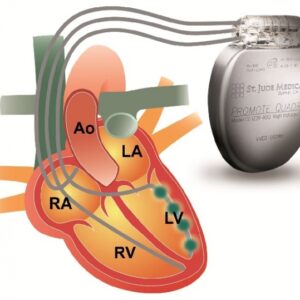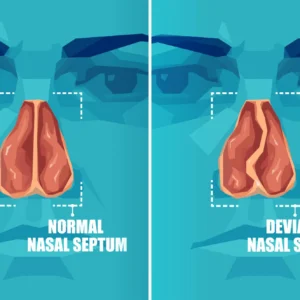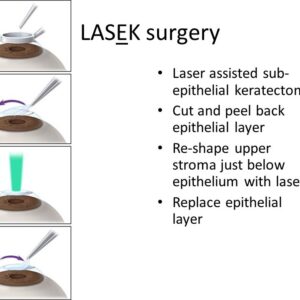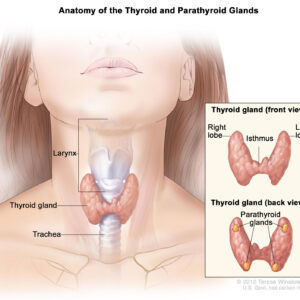Description
CTO Angioplasty, also known as Chronic Total Occlusion (CTO) Percutaneous Coronary Intervention (PCI), is a specialized procedure used to open completely blocked coronary arteries that have been occluded for three months or longer. These blockages are typically caused by severe atherosclerosis, where fatty deposits build up within the arteries.
Types of CTO Angioplasty
- Balloon Angioplasty: A balloon at the tip of a catheter is inflated to widen the blocked artery.
- Stent Placement: A stent (a small wire mesh tube) is placed in the artery to keep it open after balloon angioplasty.
- Retrograde Approach: Accessing the blockage from a different artery to navigate around the occlusion.
- Antegrade Approach: Directly approaching the blockage from the main artery.
Familiarity with Treatment
CTO angioplasty is a highly specialized and technically challenging procedure. It requires advanced skills and equipment, and is performed by interventional cardiologists with specific training in treating chronic total occlusions.
Procedure
- Preparation:
- Pre-procedure tests such as blood tests, electrocardiograms (ECG), and imaging studies.
- Fasting for several hours before the procedure.
- Stopping certain medications as advised by the healthcare provider.
- During the Procedure:
- Anesthesia: Local anesthesia is used at the catheter insertion site, usually in the groin or wrist.
- Catheter Insertion: A catheter is threaded through the blood vessels to the blocked artery.
- Balloon Inflation: The balloon at the catheter’s tip is inflated to widen the artery.
- Stent Placement: A stent is placed to keep the artery open.
- Monitoring: Continuous monitoring of heart function and blood flow.
- Duration: The procedure can take between 2 to 5 hours, depending on the complexity of the blockage12.
Who is it Suitable For?
- Patients with chronic total occlusions in the coronary arteries.
- Those experiencing severe chest pain (angina) or other symptoms of coronary artery disease.
- Patients who are not suitable candidates for coronary artery bypass grafting (CABG).
Who is it Not Suitable For?
- Patients with very complex coronary artery disease that may be better treated with CABG.
- Those with certain medical conditions that contraindicate the use of angioplasty or stenting.
Advantages
- Minimally invasive with a shorter recovery time compared to open-heart surgery.
- Immediate improvement in blood flow to the heart.
- Reduced symptoms of chest pain and improved quality of life.
- Lower risk of complications compared to more invasive procedures12.
Complications
- Re-narrowing of the artery (restenosis).
- Blood clots forming within the stent.
- Bleeding or infection at the catheter insertion site.
- Rare risks include heart attack, stroke, or damage to the coronary artery12.
Previous Care
- Regular check-ups and monitoring of heart health.
- Lifestyle changes such as diet, exercise, and smoking cessation.
- Medications to manage cholesterol, blood pressure, and other risk factors.
Aftercare
- Monitoring for signs of complications, such as chest pain or shortness of breath.
- Medications to prevent blood clots and manage heart health.
- Follow-up appointments with the healthcare provider to monitor recovery.
- Gradual return to normal activities, avoiding strenuous exercise initially.
- Lifestyle changes to maintain heart health and prevent future blockages.
CTO angioplasty is a vital procedure for patients with significant coronary artery disease, offering a less invasive option with a quicker recovery time.
Only logged in customers who have purchased this product may leave a review.






Reviews
There are no reviews yet.